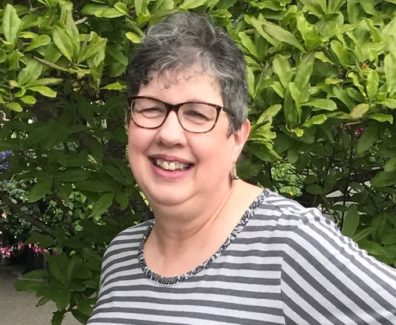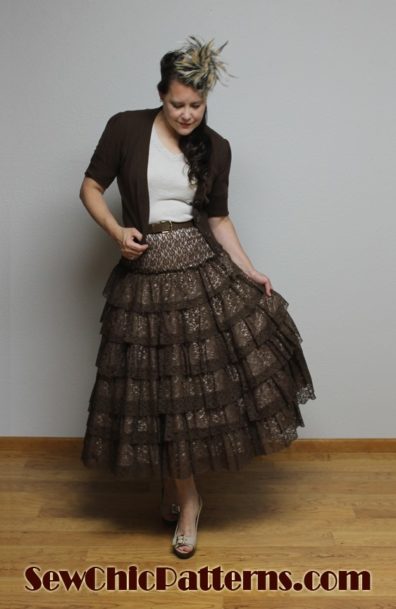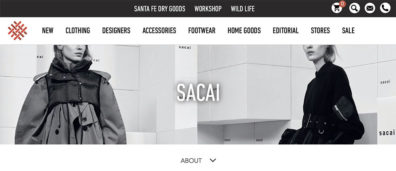By the Sewing & Stitchery Expo
We’re excited to introduce our social media takeover hostesses for 2020 Expo: Rhonda Pierce and Annette Millard! Rhonda and Annette are both Expo and social media veterans. During Expo, our social media will be filled with content from Annette and Rhonda, who will give you the 360-degree Expo experience. See what it’s like to be a teacher, follow them on Instagram stories, and look through their Expo highlight photos. There is a lot to do at Expo, and Rhonda and Annette will make sure you see as much of it as possible. If you don’t already, follow us on Instagram, like and follow us on Facebook, and follow us on Twitter!
Rhonda and Annette have written introductions, so read on to learn more about these two amazing Expo attendees, supporters, and teachers!
Rhonda Pierce

Hi, my name is Rhonda Pierce. Thanks to you, I have a dream job…teaching sewing enthusiasts about the most important 2” of steel in the sewing machine. As spokesperson for SCHMETZ needles North America I love traveling with the SCHMETZ “Super” Needle – it’s 17” tall. I enjoy asking “What’s your favorite SCHMETZ needle?”
Sewing & Stitchery Expo is my favorite North America sewing party! For over 10 years I have enjoyed this show as vendor, speaker, shopper, student and Facebook hostess. Many of my delightful friendships originated at this Expo. If someone is timid to attend this show alone, I urge them to take that initial step. Almost instantly you will find yourself surrounded by friends that share your love of sewing. Get here. Take classes from instructors that you read about and see on TV and online. Shop the vendors with ease in, not just one, but two buildings. Chat in the food court over the famous raspberry scone, or my favorite French crepe in the food court. So many choices.
If curious, get a glimpse from last year’s Expo, take a look at my personal blog with lots of pics: https://sewmorestitches.com/blog?blogcategory=2019+Sewing+%26+Stitchery+Expo
You will notice that attendees wear layered clothes for uncertain weather and comfy shoes to keep a kick in their steps.
This year I will be giving two SCHMETZ lectures, seats still available, and two already full SCHMETZ Hands-On Exploratory classes. During Expo, join me on the Sewing & Stitchery Expo Facebook showing vendors, attendees and the vibrancy of four sewing days. I hope you will join me.
And remember, needles don’t last forever. Change the needle! Let’s sew!
Sew SCHMETZ & Grabbit Too!
-Rhonda
And now, hear from Annette!
Annette Millard

I learned to sew from my Mom, as she did from her Mother, and I’ve been sewing for as long as I can remember. My love of sewing centers around making a handmade wardrobe, but I do love to make bags and smaller projects, too. I guess if it involves sewing, I’m there! My first trip to Expo was about 30 years ago with my Mom and my 2-year-old in a stroller. Since then, I’ve been involved in working in a booth at the Expo, attending every year and teaching classes for the last six years or so. When I’m not sewing or teaching, I do freelance writing and social media for the sewing industry. In between all of that, I maintain my own blog, The Sewful Life, where I share the joy of stress-free, enjoyable and successful sewing. And, yeah, don’t ask me about housecleaning!
Teaching at the Sewing Expo is an honor and a thrill every year and one of the best things I do! This year I will be teaching four classes: Modern Kantha Stitching, Common Sense Fitting, Cork Tote, and Social Media for Sewists, and presenting a Free Stage Class on Contemporary Kimonos. Just a few things! And, I’ve been invited to help with Facebook and Instagram during the show, which will be sew much fun. I’m SUPER excited to attend the Friday night event with Kenneth King this year, too!
Annette’s favorite things at Expo:
[I like] hanging with my people – those who understand the power and bliss of sewing! I love seeing old friends and making new.
The inspiration of the show as a whole. There’s so much creative energy buzzing through the aisles and it keeps me going all year.
Shopping is a close tie with Classes and Events. Even after so many years of sewing, I always see new fabrics, patterns, tools and notions in the booths and learn so much from classes (when I’m not teaching!), stage presentations and the evening events.”
Advice for attendees?
Make a plan before you come. Use the brochure and that wonderful new app and map out where you want to go and what you want to see. Wear your walking shoes, bring a tote bag or two and get ready for the most amazing sewing experience in the USA.
My go-to lunch for many years has been the Gyros Sandwich. It’s yummy, reasonably nutritious and the people in that booth are just awesome.
My favorite events are the American Sewing Guild and 4-H Fashion Shows. I love seeing what real people have sewn and the joy they have in wearing it. And, those 4-H kids are AMAZING!!
What would you say to someone who is debating coming to the Expo?
Just. Do. It. I know it may be far away and you may think you have enough fabric, but one thing I know you don’t have enough of is inspiration and connection with other sewists! It’s tough to describe, but gathering with your “tribe” is powerful in ways that will surprise you. Making things by hand is so good for us in this hurry-up, digitally obsessed world. You just can’t lose!
Any last thoughts you want to share?
I guess I said a lot already, but I’ve seen how sewing and quilting can transform lives. There’s a spark of joy in the eyes of someone just learning that is magical. We have to keep that spark going. We have to keep making and we have to connect together. Bring someone younger with you and pass on the passion. And, if you’re the someone younger, congratulations, you’ve made a life-changing choice that you’ll never regret and we’re all proud of you!
-Annette
We hope you have an amazing Expo experience, and that our community grows stronger through engaging on social media. Remember to follow our pages and tag your pictures and posts with #sewexpo and #sewexpo2020. See you there!



































 Awakening a Design Eye
Awakening a Design Eye 



 The Creative Stew
The Creative Stew

